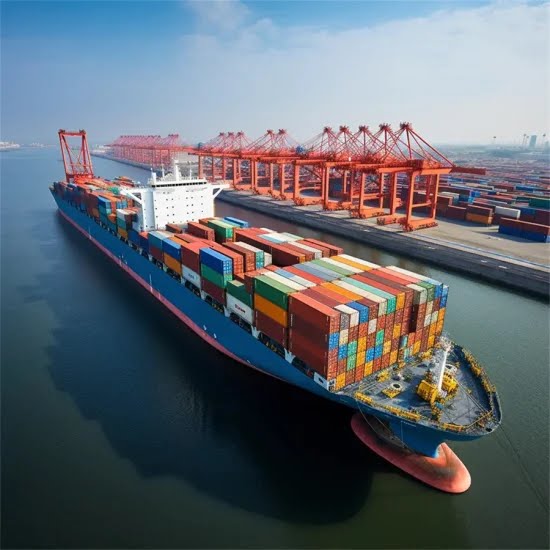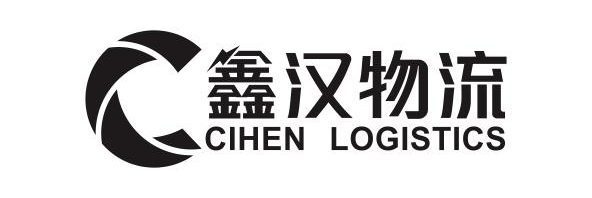In today’s global economy, efficient international logistics and reliable China freight forwarding are critical for businesses aiming to expand their reach. Whether you’re shipping goods via ocean freight (LCL/FCL), rail transport, or air freight, understanding the options and optimizing your supply chain can drive cost savings and customer satisfaction. This guide explores key services, trends, and strategies for seamless cross-border shipping.

Core Shipping Services Explained
1. Ocean Freight: LCL vs. FCL
- Less-Than-Container Load (LCL): Ideal for small shipments (1-14 CBM). Shared containers reduce costs but require consolidation.
- Full-Container Load (FCL): Exclusive use of 20’/40′ containers. Best for large volumes or sensitive cargo.
2. Rail Freight Solutions
- Cost-effective alternative for inland destinations in Eurasia (e.g., China-Europe Railway Express). Faster than sea, cheaper than air.
3. Air Freight Services
- Expedited delivery for time-sensitive goods (e.g., electronics, pharmaceuticals). Offers door-to-door tracking and security.
Advantages of Partnering with Chinese Freight Forwarders
- Local Expertise: Deep knowledge of China’s customs procedures, trade regulations, and port operations.
- Multi-Modal Flexibility: Seamless integration of sea, rail, air, and trucking services.
- Cost Optimization: Negotiated rates with carriers and bulk discounts for repeat shippers.
Key Considerations for Choosing a Freight Forwarder
1. Customs Compliance
Ensure the provider handles documentation (B/L, commercial invoices) and tariff classifications accurately.
2. Technology Integration
Look for real-time tracking, automated reporting, and AI-driven route optimization.
3. Sustainability Practices
Eco-friendly options like carbon-neutral shipping and green packaging align with global ESG goals.
Future Trends in Global Logistics
- Digitalization: Blockchain for secure documentation and IoT for cargo monitoring.
- Nearshoring: Reducing reliance on long-distance shipping through regional hubs.
- AI-Driven Predictive Analytics: Anticipating delays and optimizing inventory management.
Cost-Saving Strategies
- Consolidation: Combine multiple LCL shipments to reduce per-unit costs.
- Dynamic Pricing: Leverage off-peak seasons for ocean freight discounts.
- Hybrid Models: Mix rail and air freight for balanced speed and budget.
Final Thoughts
Mastering international logistics requires a strategic blend of service expertise, technological innovation, and partner collaboration. By choosing a reputable China freight forwarder that offers tailored solutions (LCL/FCL, rail, air), businesses can navigate complexities while focusing on growth.
Ready to streamline your supply chain? Explore scalable shipping options today and unlock global market potential.
